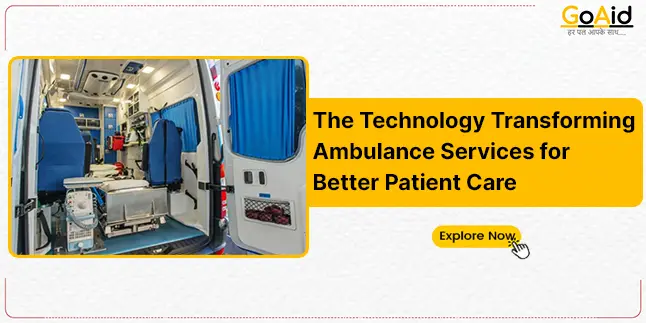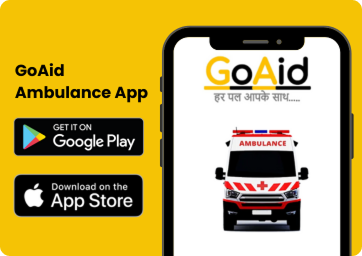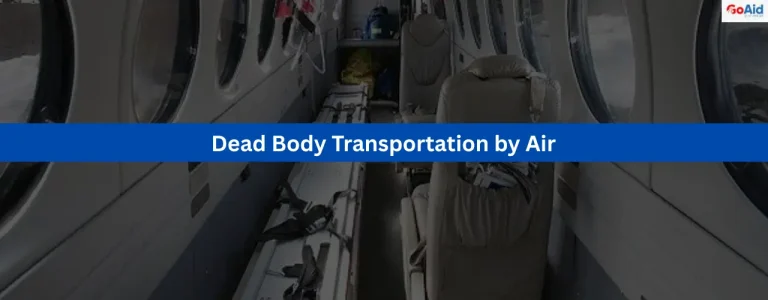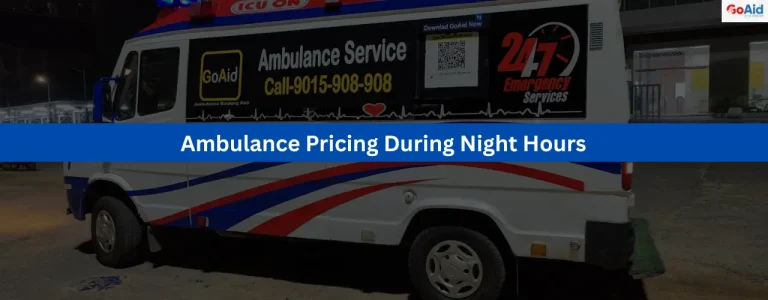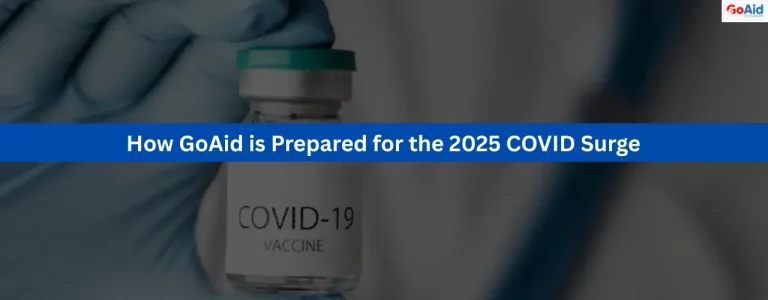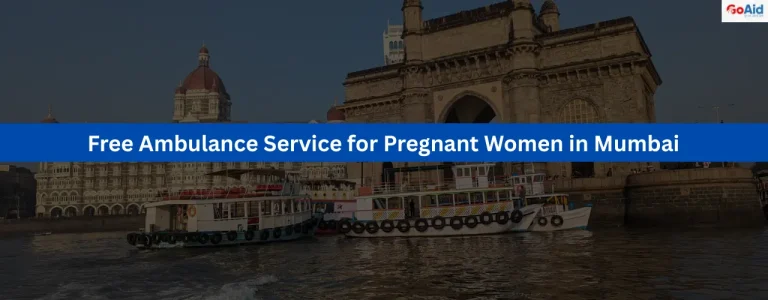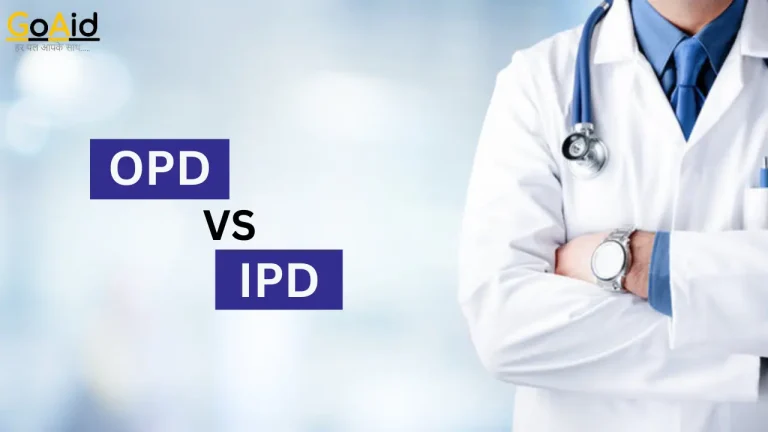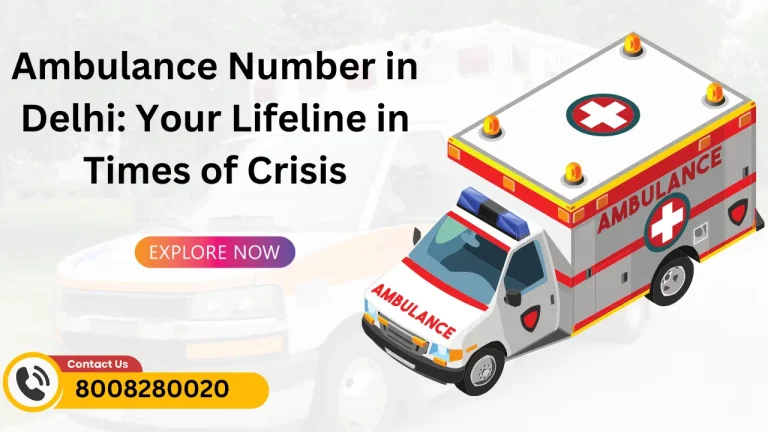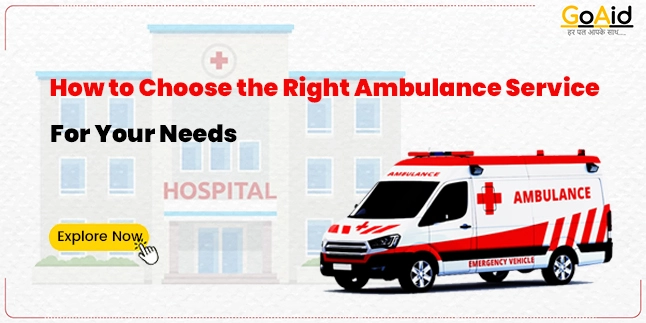In this modern era, we need an ambulance service with all the necessary equipment crucial for ideal patient care. Technology had a big role to play in this entire development. For now, we have advanced equipment in hospitals, but apart from this, we also have advanced equipment for Ambulances.
To Book an advanced ambulance service, we must care for the ambulance companyŌĆÖs installments of advanced medical care equipment in the ambulance. In this blog, we have shared information about those technologies and equipment that have transformed ambulance services for better patient care.
This blog will help you to know about some of the necessary advanced medical equipment that needs to be installed in ambulances.
So, letŌĆÖs start this educational Journey-
The Technology Transforming Ambulance Services for Better Patient Care
Ambulance services have been transformed by various technological advancements. These technologies are crucial for enabling better patient care & improvement of response times. This also enhances the communication between emergency medical personnel.
We have added Some of the key technologies below:
1. Computer-Aided Dispatch (CAD): CAD systems are crucial for a techno-oriented ambulance. This system enables efficient dispatch of ambulances by providing real-time data on the location. This also tells about the availability of ambulances & it helps to reduce response times.
2. Mobile Health (mHealth): mHealth technologies, such as apps and wearable devices, can provide valuable patient information during critical hours. These devices help before emergency medical personnel arrive. This also enables those personnel to make informed decisions and prioritize care.
3. Telemedicine: In an Advanced or techno-oriented ambulance, Telemedicine allows emergency medical personnel to consult with doctors. This technology helps emergency medical personnel by taking help from specialists in real-time. This enables them to provide better care and make more informed decisions during transport.
4. GPS and Navigation Systems: GPS and navigation systems are crucial to be installed in all types of ambulance services. This is a minimal technology requirement for an ambulance service in India. This helps ambulance drivers to find the quickest route to the scene and the hospital. This reduces the response times and improves patient outcomes.
5. Electronic Patient Care Records (ePCR): ePCR systems enable an important technology that needs to be installed in advance ambulances. This technology helps the paramedics to document patient information electronically. By this, the information of patients can be shared with the hospital in real-time & emergency medical personnel can ensure that patient care is seamless and well-coordinated.
Also Read: How Much Ambulance Cost in India
6. Automated External Defibrillators (AEDs): AEDs are portable devices that can be used to treat cardiac arrest patients. In India, millions of heart patients may need this advancement of technology at any time. This is why, it is a crucial tool for paramedics to have on hand in an emergency.
7. Portable Ultrasound Devices: An advanced emergency medical vehicle must be installed with a Portable ultrasound device. This device allows paramedics to perform diagnostic imaging on the scene. By this paramedics can have much valuable information that can help guide treatment decisions.
8. Video Laryngoscopes: During an emergency, many people canŌĆÖt survive the transportation time due to a very common incident and that is a blockage in their airways. The Video laryngoscopes provide a clear view of the airway. This technology makes it easier for paramedics to intubate patients and ensure they are breathing properly.
9. Power-Load Systems: We know that this may hurt the feelings of some people, but fatties are hard to lift. But it is required to load and unload a patient, even if he/she a fattie, which is crucial for the well-being of that particular patient. Now, to enable this possibility, Power-load systems assist paramedics in loading and unloading patients from the ambulance. By this, the system reduces the risk of injury to both the patient and the paramedic.
10. Biotelemetry: During a medical emergency, sometimes, paramedics need to monitor and transmit the vital signals of a patient to the hospital. This helps them to have some real-time help from doctors. This is why biotelemetry systems enable paramedics to monitor and transmit vital signs and other patient data to the hospital in real-time, ensuring that the hospital is prepared to receive the patient upon arrival.
11. Advanced Airway Management Devices: Devices such as video-assisted intubation systems and supraglottic airway helps paramedics a lot. These types of devices enable paramedics to establish and maintain a secure airway in challenging situations. By this, they can improve patient outcomes during transport.
Also Read: How to Choose the Right Ambulance Service for Your Needs
12. Mobile Integrated Healthcare (MIH) Programs: MIH programs leverage technology to provide community-based healthcare services. Using these types of technology reduces the need for unnecessary hospital visits. Also, this helps to manage chronic conditions more effectively.
13. Point-of-Care Testing (POCT): POCT devices allow paramedics to perform diagnostic tests. These diagnostic tests may include blood glucose measurements, lactate levels, and cardiac biomarkers at the scene. By this, they can have much valuable information for decision-making.
14. Remote Patient Monitoring (RPM): RPM technologies are crucial for an advanced emergency vehicle. This enables healthcare providers to monitor patients’ vital signs and health status remotely. This data can be useful for patients with chronic conditions or those in rural areas.
15. In-vehicle Medical Equipment: Modern ambulances need to be equipped with state-of-the-art medical equipment. This equipment does include portable ventilators, infusion pumps, and defibrillators. This enables paramedics to provide advanced life support and critical care interventions en route to the hospital.

